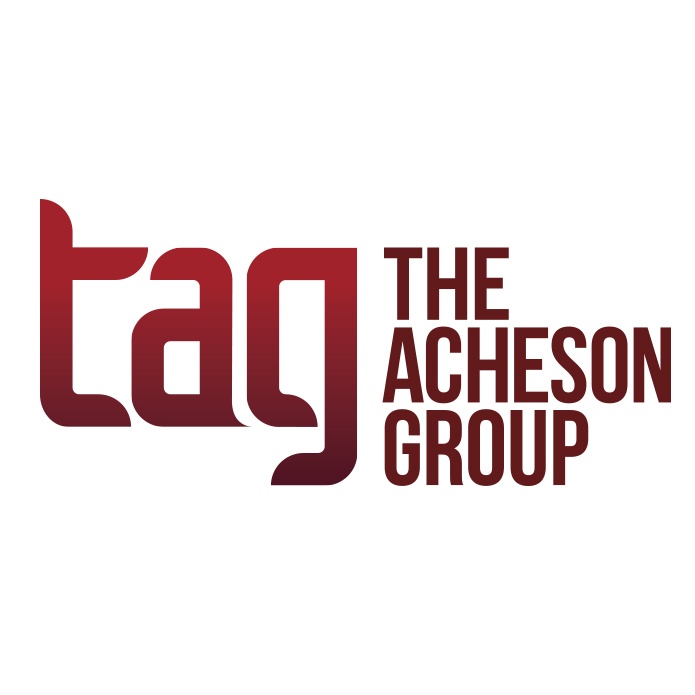In today’s global market place, supply chain risk is the fastest growing threat for most companies, and when not managed appropriately, can result in a crisis. Thus, the tracking and traceability of food through every step of the chain has become increasingly critical – and increasingly regulated. In fact, three of the FSMA rules contain supply-chain requirements: The Foreign Supplier Verification Programs (FSVP) rule requires importers to perform risk-based activities to verify that their suppliers are meeting applicable U.S. food safety standards. One such activity is an evaluation of a supplier’s performance and the risk associated with the food, a process that includes evaluating a supplier’s compliance with FDA regulations such as whether the supplier is subject to an FDA warning letter, import alert, or other FDA compliance action related to food safety. Both the Preventive Controls for Human Food rule and the Preventive Controls for Animal Food rule require manufacturers/processors to perform supplier approval if the ingredient supplied contains a hazard requiring a supply-chain applied control. Supplier approval includes consideration of the supplier’s compliance with food safety laws and regulations. Although supply chain risk is not new, prior to FSMA, supply chain “regulation” was primarily a matter of one forward/one back and ensuring the food going out your door was trackable, and this had nothing to do with whether the food was safe or not. But with FSMA, risk-based supply chain regulation became a great deal more stringent and the challenges and confusion that go along with compliance and risk assessment have been with us since. In fact, a 2015 TAG newsletter discussed You Import Food: What Does the New FSVP Rule Mean to You? And in 2016, we addressed the “Supply Chain Scramble.” It is because of these requirements that FDA recently expanded its online Data Dashboard to include the Supplier Evaluation Resources page. The page, which is improved from FDA’s previous resource, is intended to help importers, manufacturers, and processors search multiple data bases simultaneously to more easily find relevant compliance and enforcement information related to specific firms. The dashboard can be used to find information regarding warning letters, import refusal, import alerts, and other firm-specific information with one search. Such information is an integral part of the supply-chain assessment which not only fulfills FSMA requirements, but also improves a facility’s ability to ensure it is providing safe food for its consumers. While supply chain risk control is both a regulatory and a food safety need, companies often face challenges in determining where and how to best apply limited resources for targeted and cost-effective risk management strategies that will support both regulatory compliance and brand protection. Additionally, it is important that the assessment be science based and focus on key areas of supply chain risk. Thus, a complete supply chain assessment should begin with a hazard assessment of all the ingredients, products or primary packaging you receive. Then, based on the hazard assessment, determine who is controlling the risks. It maybe you, or your supplier or a downstream customer. To develop an assessment, the facility should understand the details of FSMA’s supplier control requirements and how to: Do the hazard analysis. Evaluate the risks – who is controlling the risk. Supplier verification that risks are being controlled. Use only approved suppliers. Document corrective actions. Build a program and keep records. The key question is how then to make sure you are managing the risks for both FSMA compliance and brand protection. Resources are tight and you need to focus on the greatest risks. Creating a Safety Net While we don’t generally use this newsletter to promote TAG services, preferring to keep it more educational, I think FDA’s focus on this area warrants an exception. As such, I want to let our readers know that we have developed a Supply Chain Risk Assessment Tool, powered by SafetyChain software, that incorporates best practice methodologies of assessing supplier and product risk. To support compliance with FDA’s requirements, the tool enables users to validate highest areas of risk for informed decision-making and effective allocation of resources based on ranking of risks. With an extensive library of configurable product and supplier risk questionnaires, it enables companies to use built-in reporting and analytics to weigh and compare risk rankings, track trends, identify gaps in their current risk management protocols, and improve mitigation methods. TAG also provides full risk assessment consultancy services, with quarterly reviews, vulnerability reports, and recommendations for cost-effective mitigation strategies to mitigate supply chain risk to your product and your brand. If you are finding supply chain risk assessment to be a greater challenge than you may have anticipated, or you would simply like a review of your strategies, contact us! About The Acheson Group (TAG) Led by Former FDA Associate Commissioner for Foods Dr. David Acheson, TAG is a food safety consulting group that provides guidance and expertise worldwide for companies throughout the food supply chain. With in-depth industry knowledge combined with real-world experience, TAG’s team of food safety experts help companies more effectively mitigate risk, improve operational efficiencies, and ensure regulatory and standards compliance. Learn more at: www.AchesonGroup.com






